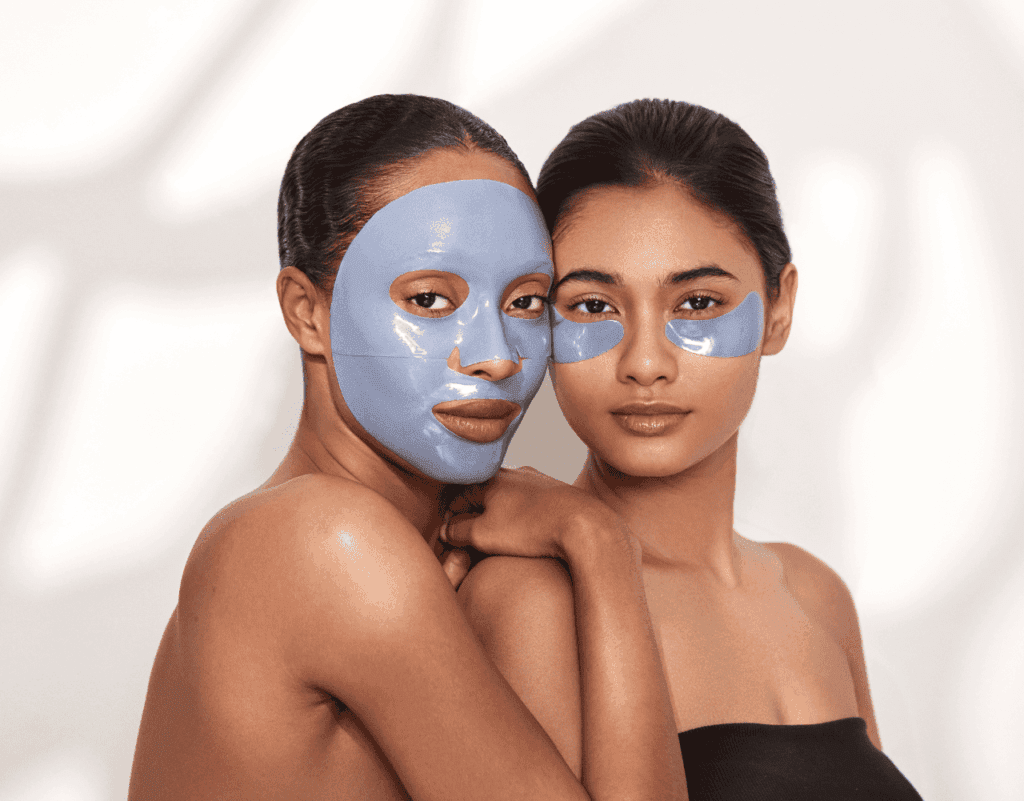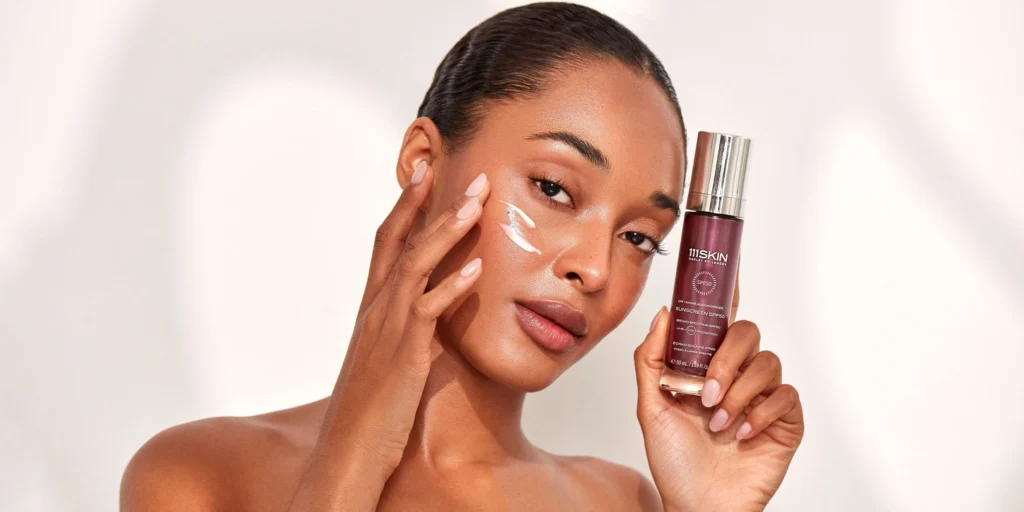In a luxury world increasingly defined by complexity, contradiction, and convergence—between science and art, old wealth and new values, digital precision and emotional resonance—few voices are better placed to chart the terrain than Michael Guyatt. With over two decades of experience at the intersection of digital transformation, marketing strategy, and customer behavior, Guyatt has witnessed—and helped shape—multiple eras of change.
From post-dotcom skepticism to the surgically precise skincare movement, his career weaves a compelling narrative about where luxury marketing has been—and more importantly, where it’s going. In a wide-ranging conversation for the Giant Leap Digital podcast, he shared his insights on everything from the predictive power of Google Maps to why brand storytelling now matters more than ever.
At the heart of it all lies one key question: In a saturated market where everyone has data and budget, how do you build trust, earn attention, and stay relevant to the world’s most discerning customers?

From Catalogues to Cult Creams: A Front-Row Seat to Digital Evolution
Guyatt began his career in digital marketing in the early 2000s—when e-commerce departments were “a few people in the corner of an office” and many industry leaders still believed “the internet will never work.”
He cut his teeth in publishing, where the challenge wasn’t audience growth, but monetization. “We were trying to take really complex academic articles and precis them into something interesting for the average person,” he recalled. A brief, surreal claim to fame? One of his most niche publications—Industrial Lubrication and Tribology—was once featured in Have I Got News for You’s ‘obscure magazines’ segment.
From there, he moved into catalogue retail with Germany’s Otto Group (owners of Freemans, Grattan, Kaleidoscope), just as credit-fueled retail was giving way to more discerning consumer behavior. “When credit became easier to access, the catalogue model lost its edge. But what those companies were brilliant at was customer segmentation. Those fundamentals still apply today: acquire customers, keep them, and know who they are.”
The Luxury Customer is in the Garden (Literally)
One of Guyatt’s most talked-about insights is disarmingly simple: if you want to understand luxury customers, Google Earth is a good place to start.
“When I was working with 111SKIN, I started looking at postcodes and throwing them into Google Maps. I quickly realized that what was in someone’s garden—a pool, a vineyard, or in one case, a golf hole—was a better predictor of high-value behavior than many traditional data points.”
It may sound playful, but it reveals a core truth about luxury targeting: the wealthier the audience, the harder they are to reach. And that means traditional segmentation strategies often fall short.
Guyatt points to brands like Rolls-Royce as case studies in strategic repositioning. “They pulled out of motor shows and started appearing at yacht events. Because if you’re looking at a £5 million yacht, a £500k car becomes a casual upsell. It’s not just about where you appear, it’s about who’s already there.”

111SKIN: Skincare with Surgical Precision
If there’s one brand that encapsulates the convergence of scientific integrity and luxury storytelling, it’s 111SKIN. Created by Dr. Yannis Alexandrides, a London-based plastic surgeon, the brand’s now-iconic NAC Y² compound was originally formulated for post-surgical healing.
“There was no flashy packaging,” Guyatt recalls. “It was literally handed out to patients for free.” But word-of-mouth demand soon led to retail traction. The turning point? “A head buyer at Harrods called Dr. Yannis’s office and asked why one of their best clients had stopped purchasing skincare from them. That client was using his formulation—and Harrods wanted in.”
With hero products priced upwards of £600 for 50ml, 111SKIN targets what Guyatt calls “hardcore skincare believers”—often high-profile individuals or executives who spend upwards of £12,000 a year on skincare alone. But Guyatt is quick to emphasize: “The story was never about luxury for its own sake. It was about solving a problem in a truly effective way. And that origin story still drives the brand’s credibility.”
The Rise of B2C Science-Backed Beauty
Although he couldn’t reveal many details, Guyatt hinted at a new luxury skincare venture in the works—again combining high science with targeted digital strategy. What makes this launch different is a sharpened focus on direct-to-consumer (DTC) channels.
“Retailers are squeezing margins every day. So if you’re going to be in luxury and make this work, you need a strong DTC presence—and digital is the only way to influence micro-audiences at scale.”
Yet entering the digital skincare space comes with its own challenges—namely, a marketplace flooded with knockoffs, questionable claims, and influencer fatigue. So how do you build credibility?
“Content and storytelling,” he says. “If your content is credible, if your story is authentic, the right audience will engage. Reviews, brand ambassadors, founder stories—these aren’t add-ons. They are your marketing engine.”
Skincare’s Personalisation Boom: Disruption or Hype?
As luxury beauty pushes deeper into science and customization, the rise of personalized skincare—from DNA-based products to AI diagnostic tools—has sparked debate. Is it the future, or just another passing trend?
Guyatt points to platforms like GetHarley as proof that personalized beauty can be both scalable and meaningful. “They raised $50 million recently, and their whole model is about real dermatologists giving real recommendations via teleconsultation. You get tailored skincare based on expert advice, and even the box has your name written in white pen. That human touch is part of what people are craving.”
More than tech gimmicks, it’s the experience of being truly seen and served that drives long-term brand loyalty. “In a world where you can go a whole day without speaking to anyone, creating a brand that connects on a human level—that’s powerful.”

Rethinking Metrics: From CPAs to Content
Despite his analytical roots, Guyatt is an advocate for going beyond data.
“One of the dangers in digital marketing is becoming too obsessed with CPA or short-term metrics. But especially in luxury, the value lies in the long-term brand play.”
He argues that marketing is entering a new era—where brand stories, elevated content, and emotional resonance will become the primary indicators of success. “The next wave isn’t just about performance. It’s about persuasion, presence, and purpose.”
The Takeaway: Don’t Just Track the Numbers—Track the Golf Hole
So what’s the final message for luxury marketers navigating AI disruption, shifting wealth demographics, and ever-rising customer expectations?
“Focus on people,” says Guyatt. “Don’t get lost in the data. Yes, understand your CPAs, but remember to zoom out. That swimming pool, that driveway, that golf hole—they’re clues to deeper patterns. And above all, build your brand with a story people want to believe in.”
Because in luxury, trust isn’t earned through transactions. It’s earned through resonance. And in today’s digital-first world, that means precision targeting, credible content, and a commitment to putting the audience first.


